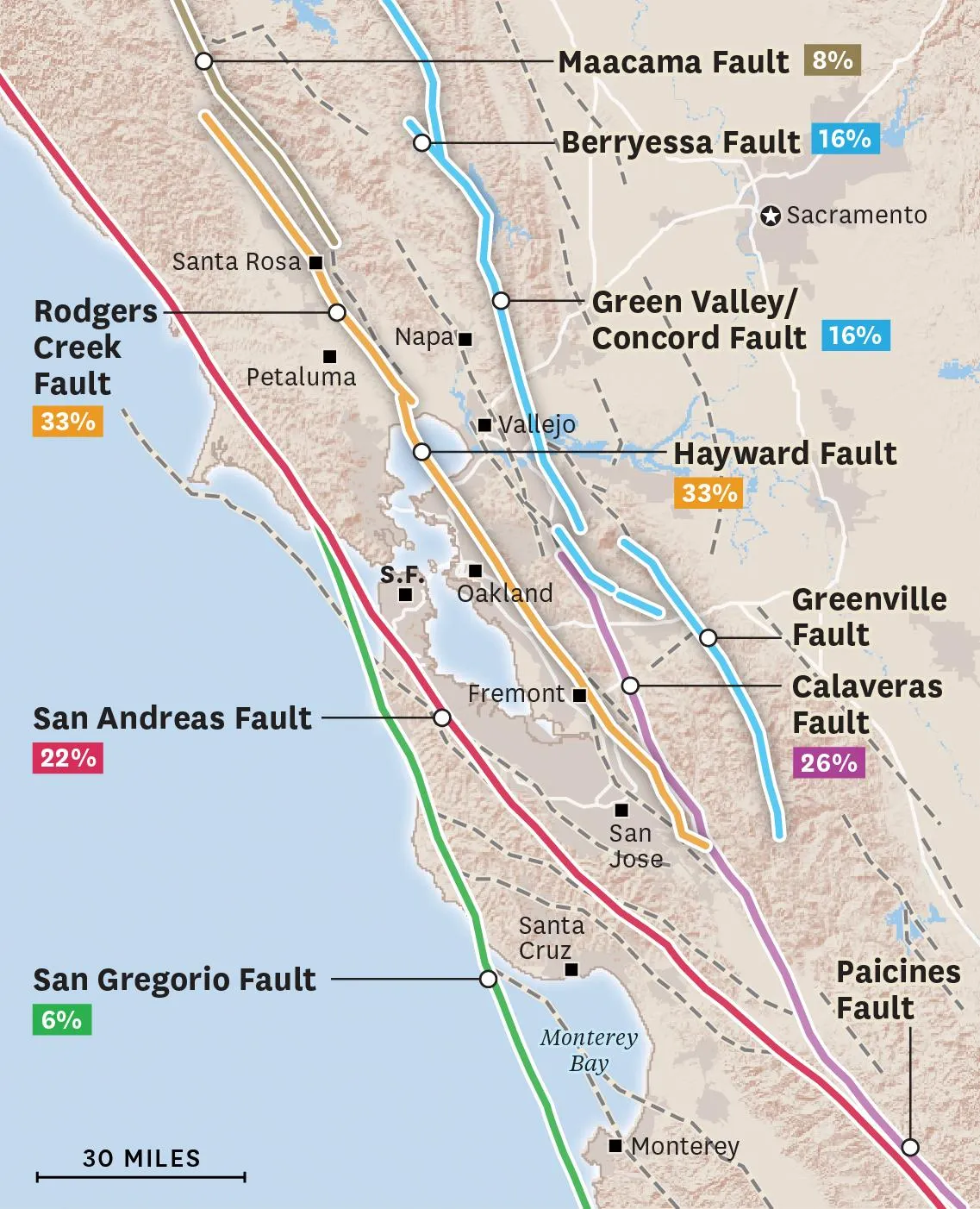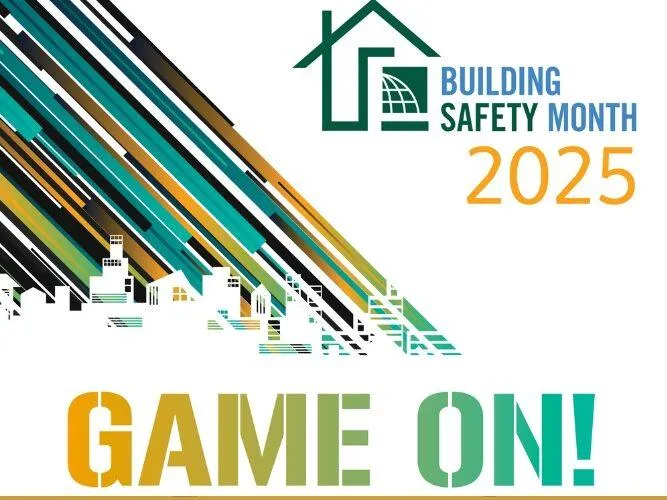
Bay Area Building Codes & Earthquake Safety
What You Need to Know in 2025
As a homeowner, builder, or investor in the Bay Area, understanding the latest building code updates isn’t just a matter of compliance—it’s a critical step in protecting your property and ensuring long-term structural safety. At Montclair Construction, we know that building smart means building safe, especially in one of the most seismically active regions in the world. In this blog, we’ll break down the 2025 updates to California building codes, highlight their impact on earthquake resilience, and explain how these regulations affect property owners, contractors, and developers in the Bay Area.
Why Earthquake Safety Is Non-Negotiable in the Bay Area?

The Bay Area sits along multiple major fault lines, including the Hayward, San Andreas, and Calaveras Faults. According to the U.S. Geological Survey, there's over a 70% chance that a magnitude 6.7 or greater earthquake will hit the region in the next 30 years.
The stakes are high. Older buildings that haven't been retrofitted are at particular risk. The 1989 Loma Prieta earthquake caused over $6 billion in damages, much of which could have been reduced with modern structural reinforcements.
Building codes are the first line of defense in reducing this risk.
What Are Building Codes and Who Sets Them?
Building codes are statewide and local regulations that define construction standards for safety, durability, and performance.
In California, these codes are created by the California Building Standards Commission (CBSC) and adopted into the California Building Code (CBC) every three years. Cities like San Francisco, Oakland, and Berkeley often introduce local amendments tailored to their specific seismic risks.
These codes regulate everything from structural design and materials to electrical, plumbing, and mechanical systems—with a major focus on seismic safety in earthquake-prone zones like the Bay Area.

Key 2025 Building Code Updates That Impact Earthquake Safety
If you're planning to build, renovate, or invest in property this year, here are the critical changes introduced in the 2025 California Building Code update:
Mandatory Cripple Wall Bracing: Older homes with raised foundations must now include reinforced cripple walls as part of permitted remodels or additions. These short walls are known weak points in seismic events.
Foundation Anchor Enhancements: All new residential construction and qualifying remodels must use advanced bolting systems
and anchor plates to secure the structure to its foundation, helping to prevent lateral movement during an earthquake
Soft-Story Retrofit Requirements Expanded: Cities across the Bay Area are expanding mandatory retrofit ordinances to cover more wood-frame, multi-unit buildings constructed before the 1980s—especially those with open parking beneath upper units.
Inspection Requirements for Older Structures: If you're remodeling a building more than 50 years old, you may now be required to provide a seismic assessment report as part of the permitting process.
What You Can Do Now

If your property was built before the 1980s—or if you're planning a remodel or addition—it’s time to act:
Schedule a seismic safety inspection
Consult a licensed contractor or engineer for retrofitting recommendations
Contact your local city planning department to verify what permits and documentation are now required
Take advantage of rebate programs, such as the California Earthquake Authority’s Earthquake Brace + Bolt (EBB) program, which can provide up to $3,000 toward eligible retrofits
At Montclair Construction, we offer full-service guidance from consultation to code-compliant construction. Our team stays current with every change in regulation—so you don’t have to.
Don’t Wait Until the Ground Shakes!
Whether you’re upgrading your forever home or safeguarding a rental property, building code compliance in 2025 is about more than rules—it’s about resilience. Earthquakes don’t give warnings, but you can be prepared.
Make sure your home is 2025-code ready—start with a professional safety inspection today.
Let Montclair Construction help you build smarter, stronger, and safer.
📞 Contact us today to schedule a consultation or learn more about retrofitting your property for earthquake resilience.
